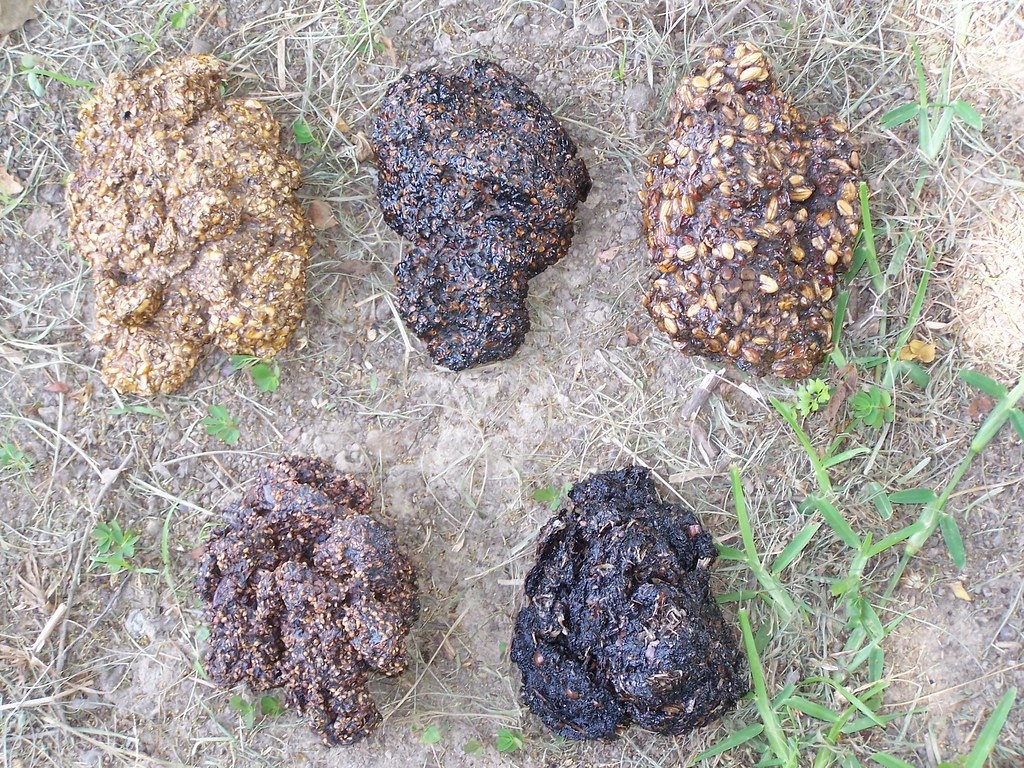
I wonder if it is eating cats in the neighborhood. I found out that it is full of long white hair and short black ones. I found a piece and tried to see what hair is in the scat. I think the scat got hit by the lawnmower a few times so there is not much left. Just use commons sense and contact a professional with any questions you may have.Īn old piece of Coyote or Fox Scat in my yard. Trappers, hunters, veterinarians come in contact with wildlife and survive the encounters and you probably will too. Using gloves and a shovel to remove coyote scat should be sufficient to keep you from not getting parasites and diseases from having most issues. Also, be aware your pets can contract some of these and should be treated according to veterinarian guidelines. These dogs may carry diseases or parasites on their fur in the poop. Pets can carry some of these diseases such as dogs that like to roll in unfamiliar smells like coyote poop. Your dog or other pets may carry the diseases if they come in contact with coyote feces and give it to you. The people most likely to come in contact with the diseases coyotes have in their poop are trappers, hunters, and veterinarians. Don’t spend a ton of time messing with coyote poop and touching it and you should be fine. The CDC provides excellent information on safe latrine clean-up: įeel free to write back with further information on the scats if I can be of help in narrowing down a source.The first thing to know is you don’t need to freak out about these diseases and parasites.

Because we have raccoons around and because we can't rule them out from the current photo, I want you to be very especially careful about disposing of /handling those scats because of the risk of raccoon roundworm. However, scat quite often might have parasites or eggs within.

Rabies is transmitted through bites (saliva) and scratches (saliva or blood transfer). Rabies needn't be a concern from the scat. I agree with the pits not being cherry due to timing, but the seeds/pits in there might be hawthorn or one of the other common landscaping trees. The pictured scats appear to be multiple deposits, which can denote a marking post (coyotes commonly do this), but it is also typical of raccoon latrines. However, gray fox, raccoon, and coyote scat diameters and contents can overlap, especially in an sub/urban setting. If the diameter of the scats is 3/4" or more, we can rule out foxes.


 0 kommentar(er)
0 kommentar(er)
